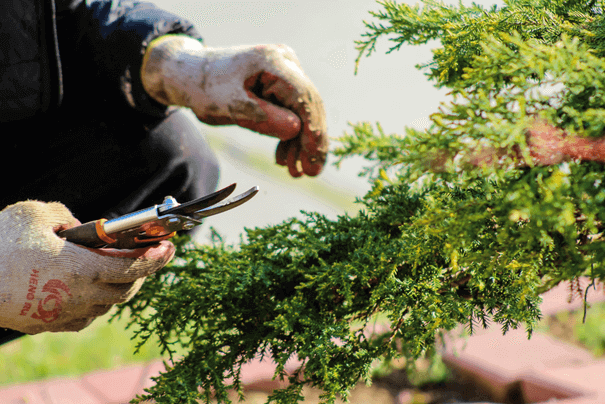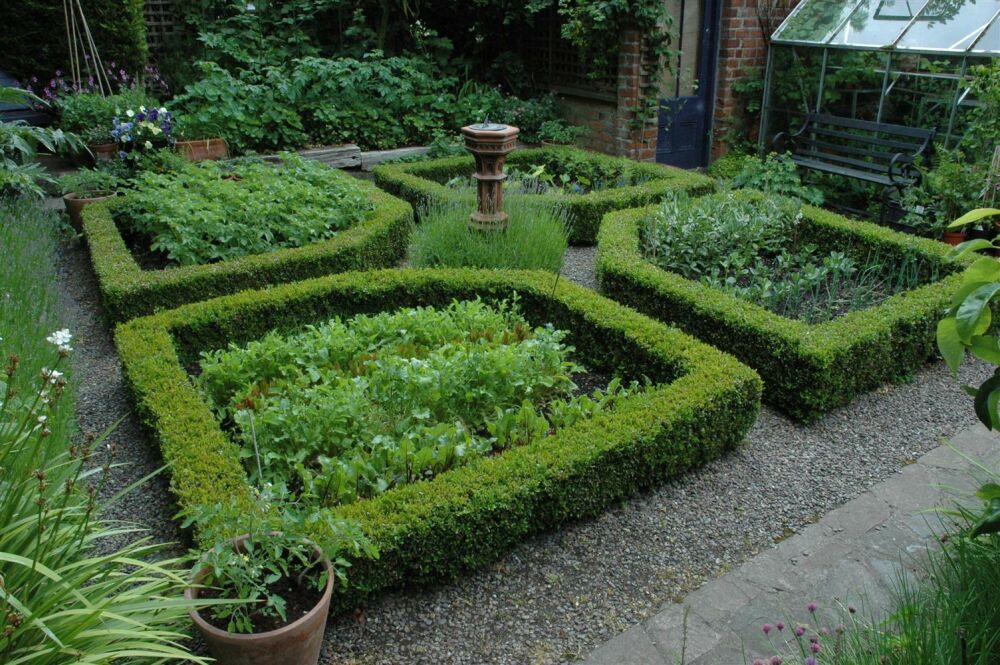Which hedge plants can be propagated?
You know the feeling: you're so pleased with that beautiful hedge in your garden that you'd like to have even more of it. So why buy new hedge plants or sow them when you can propagate them yourself? Many readers will probably think: no, not me. I'm not going to make things difficult when they can be done easily? That is one option. But there are plenty of people who read this blog and might even say out loud, "No matter what, I'm going to propagate my hedge plant today." And that's what this blog is about. What propagation is, how to go about it and when. And which hedge plants are suitable for it. Read along!
What is propagation and how does it work?
You propagate a plant by means of cuttings. You do this by cutting off a small part of an adult plant and letting it grow into a new plant.
Propagation has a number of advantages
- the new plant has exactly the same characteristics as the adult plant;
- it is cheaper than buying new plants.
Propagation also has a disadvantage
Let us explain. Propagating is a lot more work than buying a new hedge plant and planting it in the ground. Or planting seeds in the ground. And realize that you have no guarantee that it will be a success. It depends on a lot of factors. Not the least: that you also need a bit of luck. And don't forget patience.
There are many ways to propagate a hedge
There are a number of different ways to propagate hedge plants: for example in the summer (summer cutting) and in the winter (winter cutting). And there are different parts of the plants which are used for propagation. Sometimes you take the cutting with a shoot that has grown out, other times you take a cutting with a piece of root. It all depends on the plant species. With certain plants it is important to create optimal conditions by letting the cutting root in a greenhouse. It is important that the cutting does not go mouldy as a result of too much water being given to it.
Which popular hedge plants can you propagate?
Now you know in general how to go about propagating. Very handy. But you do not know yet with which hedge plants you can do so. We'll tell you about that from here. We discuss taking cuttings from the very popular hedge plants: Thuja, Privet and Bay laurel. This does not mean that other hedge plants are not suitable for taking cuttings, but at least with these it is very well possible. If you want to know whether your hedge plant can also be pruned, ask our customer service.
Thuja or Tree of Life cuttings
At the end of spring or in autumn, take half-hardy cuttings from the laurel. Place the cuttings in special cutting soil and add a little fungicide. This promotes the growth of the roots. The cuttings like a warm (about 18 degrees) and humid environment. When the first roots and buds appear, you can further cultivate the cuttings in a pot.
Cutting the laurel (Prunus laurocerasus)
The Ligustrum is best cut in the winter. Cut off a piece of the woody part of 10 centimetres. Treat the cuttings with some antifungal agent. Tie the cuttings together and put them in the fridge or in a pot outside. Be careful not to let them freeze. In spring, place the cuttings in a propagating pot. Only then will the roots start to grow. So do not panic. Give them plenty of water during this period and be patient.
The hedge plant Privet (Ligustrum) cuttings
The Ligustrum is best cut in the winter. Cut off a piece of the woody part of 10 centimetres. Treat the cuttings with some antifungal agent. Tie the cuttings together and put them in the fridge or in a pot outside. Be careful not to let them freeze. In spring, place the cuttings in a propagating pot. Only then will the roots start to grow. So do not panic. Give them plenty of water during this period and be patient.
Want to be sure of a good result?
We already wrote that the result can also be disappointing. Cuttings depend on many things. If you want to be sure of a good and beautiful result - and above all quick - buy new hedge plants. Success assured.



